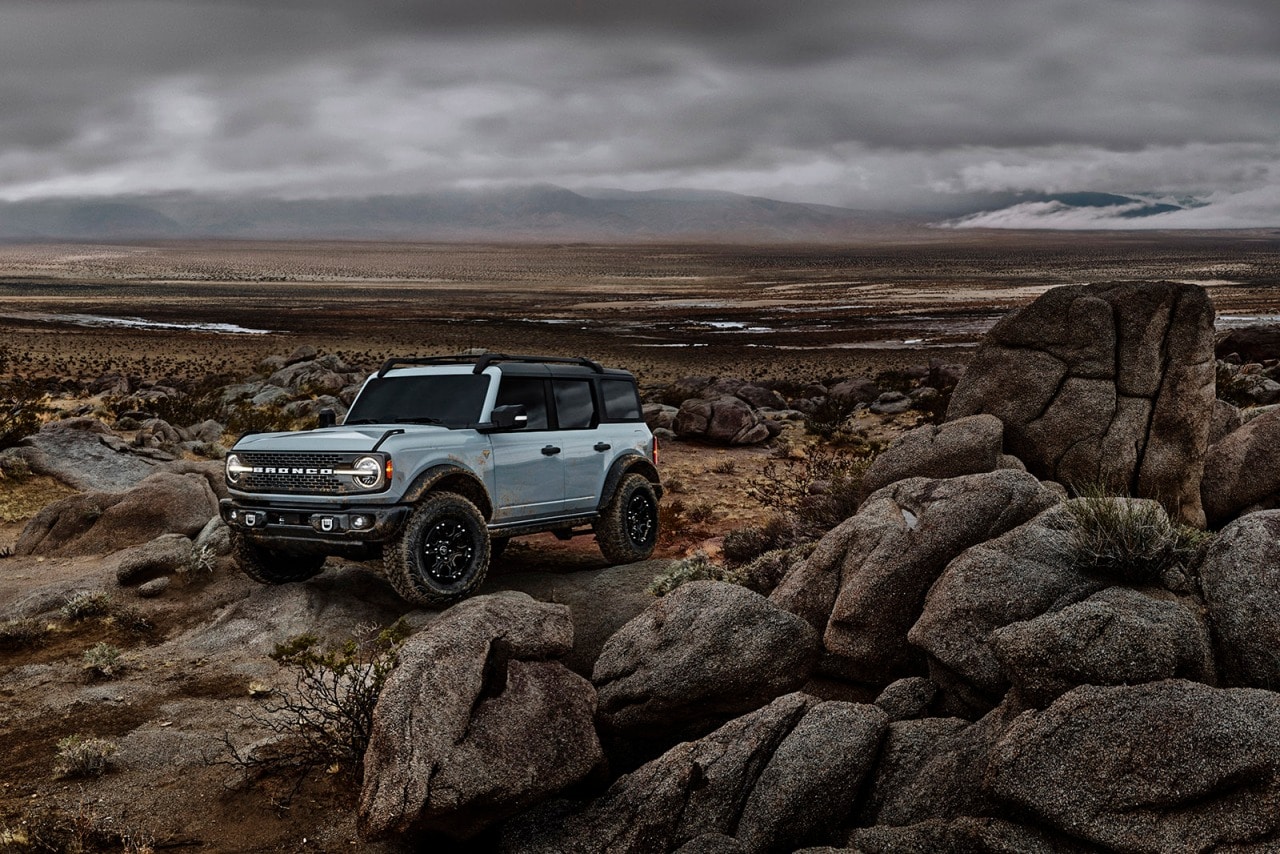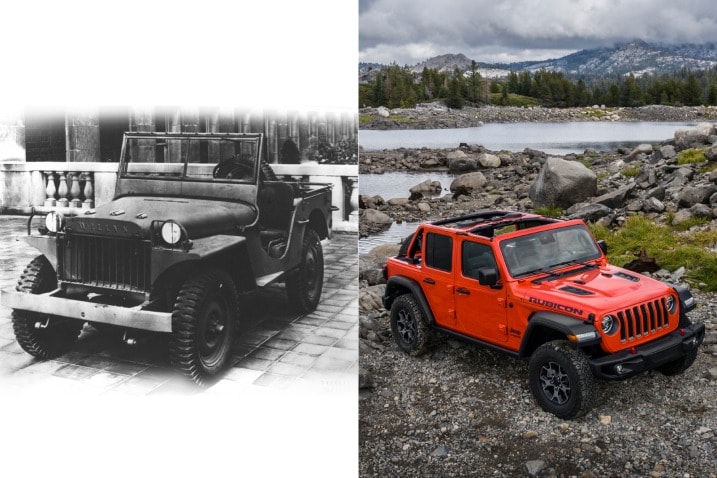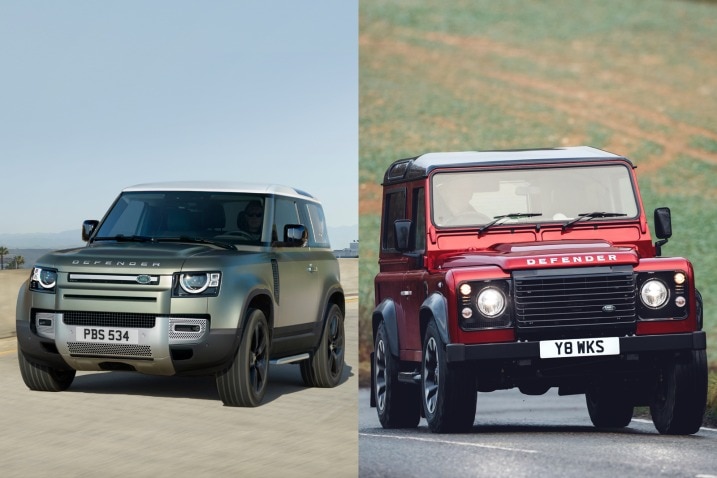Land Rover Defender
The Land Rover Defender's heritage can be traced back to the early Land Rover Series 1, 2 and 3. These models were originally developed for agricultural and commercial purposes in postwar Britain. Like the Jeep, they were simple and rugged. In the 1980s, the Defender came on the scene with the squared-off style that many of us have come to love.
The two main versions — the Defender 90 and the longer 110 — were only offered in the U.S. for a few years. This rarity helps explain why they've been considered by off-road enthusiasts as forbidden fruit. A bare-bones attitude, with exposed rivets and sharp corners, had a charm all its own.
The Defender underwent its only true redesign last year. It's a more modern reinterpretation rather than an evolution. It's softer in its style, which might be a disappointment to the Defender loyalists, but it might also attract more shoppers as a result. To use a movie reference, it's great to earn critical praise, but sometimes you need a blockbuster to keep the lights on.
There are hints of the original Defender here and there, but the new model simply isn't as imposing as before. Sure, it has some mean-looking headlights and a chopped-off tail section, but the rounded-over fenders and corners are reminiscent of a Honda Element from certain angles. There's no doubt it's a very capable off-roader, and if current Land Rovers are any indication, the technical wizardry makes it a lot easier to navigate terrain.
But. There's always a But.
Part of the allure of off-roading is the struggle. The sensation that you're an integral part of reaching the destination. The Defender may make it too easy, if that's even possible. The interior is a good example. It has echoes of its past, but it's overpowered by the modern and luxurious setting. It's likely a great glamper and maybe better on the road than the Wrangler or Bronco, but we're certain we'd feel bad about mucking up that lovely cabin.




 by
by